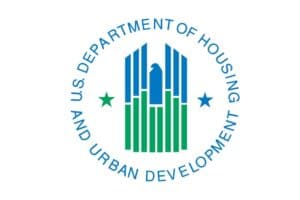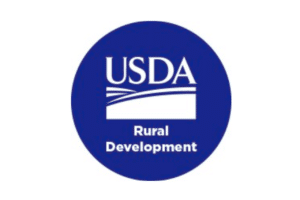On April 3, the U.S. Treasury released a memo detailing its findings and recommendations regarding modernizing the Community Reinvestment Act (CRA), a piece of legislation enacted since 1977 that encourages banks to meet credit and deposit needs of the communities they serve, including low- and moderate-income communities. The memo makes recommendations to the three primary regulators of CRA (Office of the Comptroller of the Currency, Board of Governors of the Federal Reserve System, and Federal Deposit Insurance Corporation).
In the world of affordable housing, CRA is often thought of as a driving force behind banks’ appetite for Low Income Housing Tax Credit investment and lending activity in specific geographic regions, creating higher credit pricing in those regions. The memo highlights LIHTC investments as one of two areas of concentrated CRA activity as banks enjoy certainty from how LIHTC activities will be weighted in CRA scoring.
The memo points out that much has changed since CRA was enacted over forty years ago. Since that time, the rise of interstate banking, mortgage securitization advancements, and internet/mobile banking along with many other changes, have created a need for modernizing CRA.
Among other items, Treasury recommends that CRA activities be expanded and given more clarity – an idea which, if put into practice, has potential to change LIHTC investment and lending activity. While the 31-page document makes extensive recommendations for modernizing and improving CRA, a brief summary of highlights is below:
Treasury’s recommendations focus on 4 major areas:
- Assessment Areas
Mobile banking, among other factors, has made it so geographic areas served by a bank are no longer dependent on brick-and-mortar locations. Another issue is that of wholesale and limited purpose banks, whose current assessment areas are concentrated in states like Delaware and Utah where many of these banks are headquartered.
Treasury recommends that CRA “account for the current range of alternative channels that exist for accepting deposits and providing services arising from…digital banking”. The memo goes on to state that CRA activities should occur not only in areas where banks have physical locations, but also in low- to moderate-income communities outside of a banks physical footprint.
- Examination Clarity and Flexibility
CRA lacks any formal communication channels between regulators and banks. While a public Q&A process once existed and was sufficient for this purpose, the process was discontinued due to staffing challenges and budget constraints, among other issues.
Treasury also notes that due to a lack of certainty for what will constitute CRA credit and how that activity will be weighted, banks’ CRA activities tend to be concentrated in safe activities such as single-family mortgage loans and LIHTC investments.
One of Treasury’s recommendations under this portion is to expand “the universe of CRA-eligible activities”.
- Examination Process
Treasury has called for improving the timeliness of performance evaluations, noting that current delays, as well as changes in census-data mid-review create unnecessary burdens for banks. Currently, CRA regulators have no deadline of when a performance evaluation must be published. In practice, this has led to excessively long periods of time between examinations and from examination to publication of performance evaluations.
Treasury recommends that the current extended time period between CRA examinations be remedied and that CRA regulators standardize examination schedules, supporting statutory changes to do so.
- Performance
Treasury notes that CRA creates incentives for banks to perform well under CRA ratings. Treasury goes further to delineate if and how certain violations of consumer protection laws should apply to CRA performance downgrading. In one example, Treasury points out that certain violations, such as a UDAP violation for a credit product not within a bank’s CRA performance should not affect a bank’s CRA score, whereas an instance of redlining should affect a bank’s score.
Treasury also points out that violations of consumer protection laws currently create unnecessary delay in the performance scoring process. For example, a consumer financial protection law ongoing investigation will delay a performance evaluation. Treasury recommends that evidence of a consumer financial protection violation be included for consideration in the next performance evaluation, rather than have the ongoing investigation hold up a current evaluation.
What Happens Next?
Treasury’s memo raises the stakes for CRA modernization discussions and may jump-start further discussions between the banking industry, consumer advocates, and the key CRA regulators. The OCC is also reportedly working on an imminent request for public comments seeking input on CRA modernization. It is very likely that the affordable housing industry will be impacted by CRA modernization though, until further specific proposals are released, it is unclear if it will be positive, negative or neutral. NH&RA will continue to monitor this issue.


